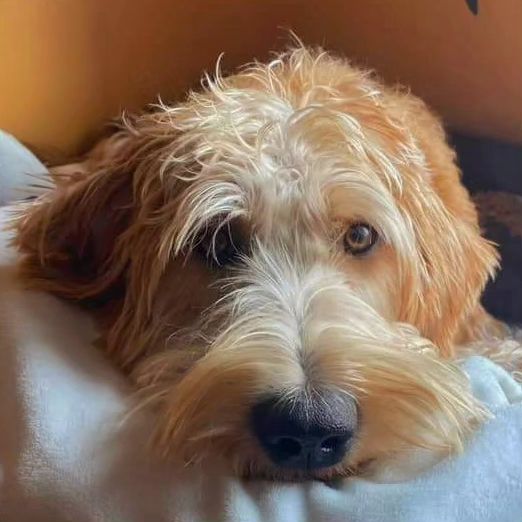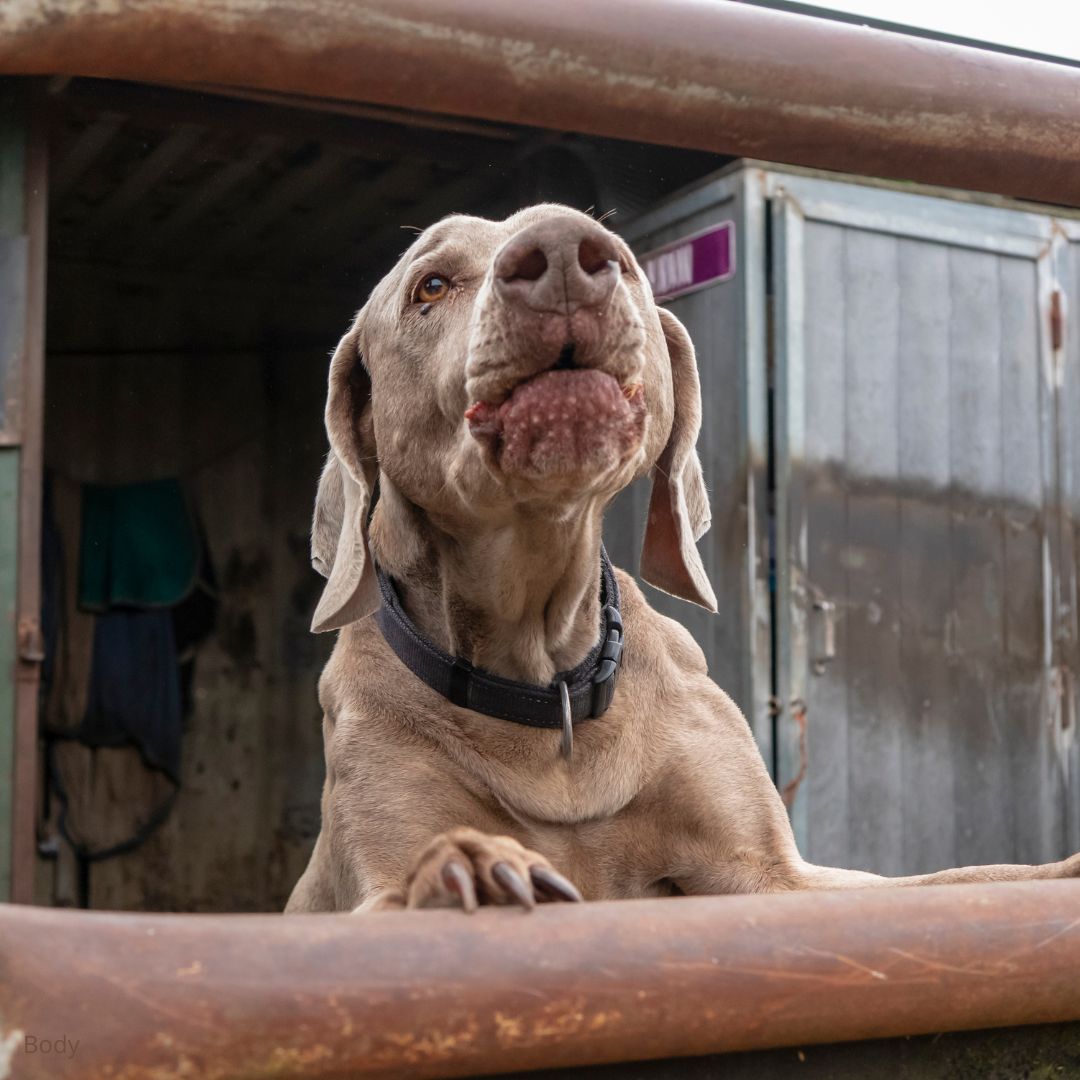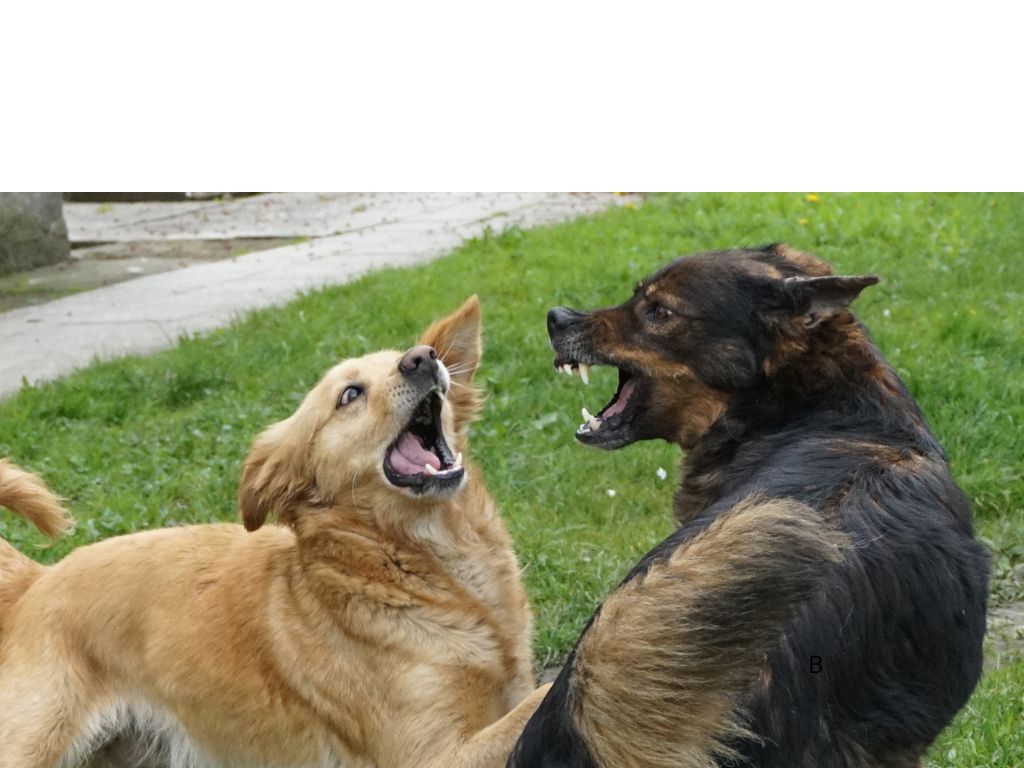Housetraining isn’t a difficult task, but it doesn’t happen overnight! You must be patient and consistent in applying the housetraining method you’ve chosen. The more disciplined you are, the sooner your puppy or dog will be trained. Conversely, every mistake you make sets your dog’s learning back a few steps, and inconsistencies in training simply confuse a dog.
Table of Contents
- Housetraining Problems
- Housetraining Doesn’t Come Naturally
- What is Crate Training?
- The Concept Behind Crate Training
- Never Use a Crate to Punish a Puppy or Dog
- Crate Location
- Choosing a Crate
- The Method
- 1. Select the Area Where You Plan to Keep Your Puppy
- 2. Make the Crate Comfortable
- 3. Give Puppy an Opportunity to Explore
- 4. Start by Closing the Door for Just a Short Period of Time
- 5. Gradually Increase the Time Puppy Is in the Crate
- 6. Immediately Take Puppy to Your Potty Area
- 7. Use Newspaper to Help Keep the Area Clean
- 8. Help Puppy to Learn
- Accidents Happen
- Remove Puppy’s Collar When They’re Inside the Crate
- Crate Training Tips
- Potential Problems
- A Successful Journey
Housetraining Problems
Puppies
The age of a puppy determines how much control it has over its bladder. Very young puppies (under three months of age) don’t have the sphincter muscle control that adult dogs or even older puppies do.
Without this control, a puppy is likely to have an accident at any time — especially when it gets excited. Between the ages of four and six months, a puppy should begin to gain some of the control necessary to wait at least a short time before it needs to go outside. Therefore, you need to keep a close eye on your puppy all the time, watching for the cues your puppy has to go.
Puppies need to eliminate as often as 8 to 10 times a day. Every time puppies receive some sort of stimulation, they’ll automatically need to eliminate. As soon as they’ve been patted, played with, or otherwise excited, they’re going to need a trip outside to answer the call of nature.
Some breeds, no matter what their age, are excitable and feel the need to urinate as soon as they become excited.
Small Dogs
Small dogs, such as toy breeds, present their own housetraining challenges. Small dogs also have small bladders, so they have to eliminate more often than larger dogs. Small dogs also develop at a different rate than large dogs and, therefore, may take longer to train.
Adult Dogs
If you have an older dog that has a housetraining problem, first determine whether the problem is the result of a physical ailment. The dog could have a urinary tract infection or parasites. The first order of business is to have a veterinarian establish the dog is healthy. Once you know there isn’t a health issue, you can begin working to resolve the problem.
Housetraining Doesn’t Come Naturally
Puppies are not born understanding what humans say to or yell at them. Most of us wouldn’t expect an infant to understand us, yet we expect a puppy to comprehend language, desire, and direction. Communication simply doesn’t arrive with birth. It develops over time.
We all want our new puppy to be housetrained as quickly as possible. However, while you’re trying to teach the puppy this important job, the puppy is also trying to learn many other new things — It just entered a completely new environment with new people, and it may be confused at first.
Consistency is key for both you and your puppy. In fact, consistency is really the key to all training. Without consistency and a positive attitude, a dog or puppy can become confused. To maintain consistency, someone must be with the puppy to reinforce the training. Otherwise, the puppy has no other choice but to soil inside the house.
While there are different approaches to housetraining, we recommend Crate Training.
What is Crate Training?
A crate is a type of enclosure with four sides, a top and a floor. On one of the sides is a door by which the dog can enter and leave the crate. The purpose of crate training is to accustom a dog to its crate so the crate can be used for any of a variety of different purposes. For example, a crate can be used to:
- Transport a pet in a car, a plane, or other vehicle
- Contain a pet in a hotel room to prevent it from doing any damage to the room
- Serve as a type of a doghouse or den for a puppy or dog
- Protect a puppy or dog from dangerous household items, such as electrical cords, cleaning supplies, medications, and so on.
- Prevent a puppy or dog from damaging furniture, clothing, shoes, and other items around the home.
- Reduce the anxiety a dog feels when its owner isn’t home
- Housetrain a dog
The Concept Behind Crate Training
It’s important to understand a crate is not meant for punishment or confinement. Rather, it provides a safe and private place for a dog within the home.
You must understand that dogs have a den instinct and enjoy a closed-in, secure area. From a dog’s perspective, a is their own special room — its own den. Often a crate becomes something like a security blanket for the dog. It’s best to instruct children not to bother a dog or puppy when it goes into its crate.
In addition to serving as a safe, secure place for a dog, a crate can be used as a housetraining tool. It’s effective because it begins with a concept a dog or puppy understands — a dog doesn’t “mess” where it eats or sleeps. The crate serves as a dog’s den, so theoretically, it won’t soil in the crate. If a dog can control itself in its crate, then you can use this ability to extend the control to the entire house.
One of the only times crate training is problematic is if the dog or puppy was kept in a crate before it was purchased by the owner. If the dog was confined to a crate for extended periods, then it would have no choice but to soil in the crate. In this situation, crate training will likely take longer.
It’s common for Pet Stores, Puppy Mills, and Backyard Breeders to employ this type of overuse of a crate or confined space.
Never Use a Crate to Punish a Puppy or Dog
You don’t want your dog to associate the crate with negative things or become afraid of it.
Crate Location
Ideal locations for your dog’s crate.
- A quiet corner of a room.
- A room in which the family spends most of its time. The crate should be in an area where the puppy or dog can see everyone but not in the way.
- A location that’s free of drafts and not too close to a source of direct heat.
- At night, move the crate into a bedroom used by a primary family member. Then, if the puppy needs to go out during the night, someone will hear them.
Ultimately, a dog should always be able to use its crate as a safe haven. The door should be left open so that the dog can come and go as they please. A crate should provide a nice, safe, comfortable vantage point from which the dog can view what’s going on around it.
Choosing a Crate
Crates come in a variety of types, sizes, and qualities. The two most common types are closed crates and wire crates.
Closed crates are preferred for airline travel. Some models of closed crates advertise that they’re “airline approved.”
For use in the home, wire crates are preferable. They’re more open and airy than closed crates, and they allow a puppy to see their surrounding area easily. They are also very easy to clean. If desired, the den-like effect of a closed crate can be achieved by putting a blanket over a wire crate.
Most wire crates come with a removable pan that serves as the floor in the crate. They also collapsible, so you can easily transport them in your car or move them from room to room.
Ideally, you should purchase a crate that will be large enough for the dog when it’s fully grown. To accommodate puppy while they’re still growing, choose a wire crate with a divider.
While they’re in a crate, our dog should have enough room to turn around. The crate should not be so large that the dog has enough room to eliminate in one end of the crate and sleep in the other. As our puppy grows, you can continue to expand the area inside the crate by moving the divider back.
The Method
Crate training is more than just housetraining. In crate training, a puppy is learning to use the crate as its own special place. When you’re out of the house, the puppy can be confined to its crate to keep them safe and to prevent them from destroying household furnishings.
When used for housetraining, the purpose of crate training is to keep a dog from soiling when it’s confined to its crate. When they’re released and taken to a designated potty spot, they’ll eliminate.
Here’s a crate training method you can use
1. Select the Area Where You Plan to Keep Your Puppy
Puppies shouldn’t be allowed free run of a house until they’re reliably housetrained. A baby gate will confine puppy yet allow them to see into other areas of the house so they won’t feel alone.
IMPORTANT: Whenever you allow an untrained puppy or dog in an area of the house away from their crate, carefully supervise and watch for cues to prevent accidents.
2. Make the Crate Comfortable
Place a toy or two, a treat, and some soft, washable bedding in the crate. If you prefer, line the crate with a carpet remnant.
3. Give Puppy an Opportunity to Explore
Let the puppy explore outside the crate for a while. If it goes in, give it lots of praise. If the puppy doesn’t go in on its own accord, you may pick it up and gently set it inside the crate or put the treats at the far end of the crate so it has to go in to get them.
4. Start by Closing the Door for Just a Short Period of Time
After it’s been in and out of the crate a few times, close the door when it’s inside and leave it closed for a minute or two.
5. Gradually Increase the Time Puppy Is in the Crate
The general rule of thumb is that puppy should not be contained in a crate for more than one hour beyond its months of age. For example, a two month old puppy cannot be in a crate for more than 3 hours.
6. Immediately Take Puppy to Your Potty Area
When you let the puppy out of the crate, immediately carry them outside to the place where you want them to eliminate. When the puppy goes, praise them, and optionally, you can give them a treat. Praise is probably the single most important part of housetraining!
7. Use Newspaper to Help Keep the Area Clean
Put newspaper around the area outside the crate. This paper is NOT to train the dog. Don’t reward your dog for using it. The paper is for your convenience only. It makes it easier to remove the urine when the dog has an accident outside the cage. The urine soaks into the paper. You can remove the paper and wash the floor underneath. Then recover the area with clean newspaper. When the dog begins to urinate and defecate outside the crate consistently, they’re demonstrating that they associate the crate with being clean.
8. Help Puppy to Learn
Take your puppy out of the crate often. This way, they’ll learn to leave their crate to urinate or defecate. Remember — you need to take them outside immediately after they leave their crate.
Accidents Happen
Clean up all accidents immediately with a cleanser that breaks down the enzymes in the urine. Even these products will leave some traces of the smell of urine. Humans may not be able to detect the odor, but dogs have no problem smelling it. When they smell it, they think that’s the spot where they should eliminate again.
Remove Puppy’s Collar When They’re Inside the Crate
It’s possible for puppy’s collar to become caught on part of the crate, so be sure to remove it before you place them inside.
Crate Training Tips
- When accidents happen, clean them up as quickly as possible. Try to remove all traces of odor. Don’t use an ammonia-based product to clean up messes — the ammonia odor is similar to urine.
- Always take your puppy out to eliminate immediately before confining them to the crate.
- Make sure your puppy has something to occupy themselves when in the crate — a toy or a chew of some kind.
- Never try to push or pull a puppy into a crate.
- Make crate training fun for the puppy!
Potential Problems
The catch with crate training occurs when you don’t take the puppy or dog outside in a timely fashion, and it is forced to soil its crate. This can result in a puppy or dog that learns to be dirty.
People who purchase dogs from pet shops or puppy mills often encounter this problem. The dogs are generally raised in overcrowded cages and have no idea of what it means to be clean. They simply don’t understand. From the moment they were born, often in filthy cages, these dogs have eaten in a dirty environment, slept in foul matter, and eliminatd in filth. They’ve known nothing else in their lives. Consequently, it will take extra time and patience to train them.
A Successful Journey
successful housetraining hinges on patience, consistency, and understanding your dog’s needs and signals. By implementing a thoughtful and disciplined approach to crate training, addressing accidents promptly, and maintaining a positive and supportive environment, you can navigate the challenges of housetraining effectively. Remember, every puppy’s journey to becoming house-trained is unique, and setbacks are part of the learning process. With time and dedication, you and your furry friend will enjoy the rewards of a well-trained companion.








